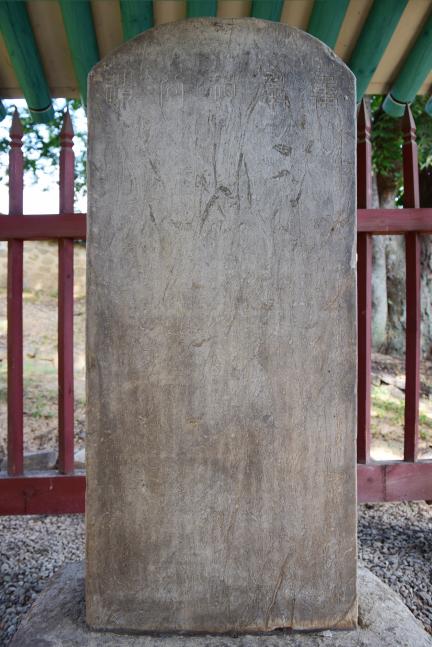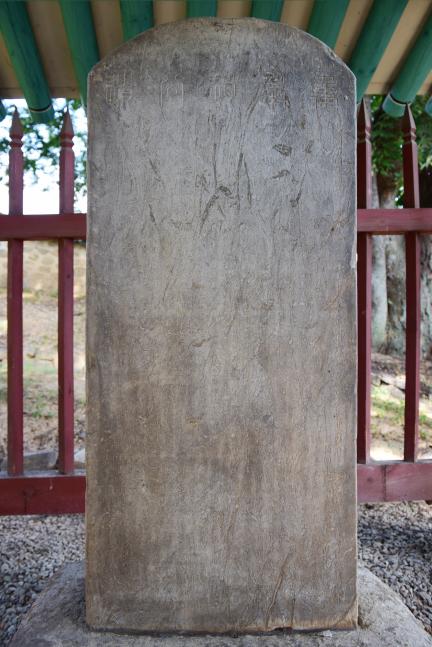국가유산 검색
경기도 유형문화유산
우저서원 (牛渚書院)Ujeoseowon Confucian Academy(牛渚書院)
| 분 류 | 유적건조물 / 교육문화 / 교육기관 / 서원 |
|---|---|
| 수량/면적 | 1동 |
| 지정(등록)일 | 1972.05.04 |
| 소 재 지 | 경기도 김포시 중봉로25번길 90 (감정동) |
| 시 대 | 인조26년(1648) |
| 소유자(소유단체) | 우*** |
| 관리자(관리단체) | 심*** |


경기도 유형문화유산
우저서원 (牛渚書院)Ujeoseowon Confucian Academy(牛渚書院)
| 분 류 | 유적건조물 / 교육문화 / 교육기관 / 서원 |
|---|---|
| 수량/면적 | 1동 |
| 지정(등록)일 | 1972.05.04 |
| 소 재 지 | 경기도 김포시 중봉로25번길 90 (감정동) |
| 시 대 | 인조26년(1648) |
| 소유자(소유단체) | 우*** |
| 관리자(관리단체) | 심*** |

ⓒ 2000. KOREA HERITAGE SERVICE. ALL RIGHTS RESERVED.



 국가유산
국가유산


